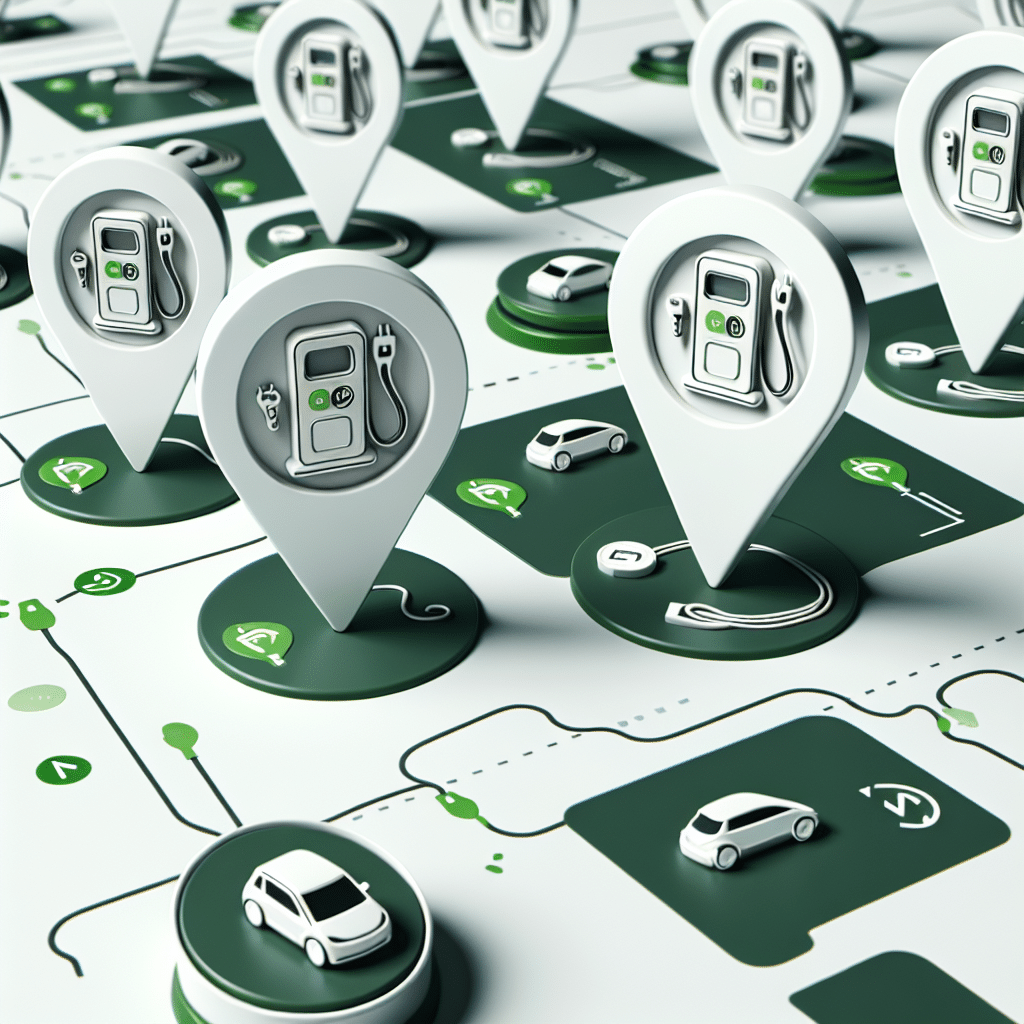Understanding Public Charging Stations
Public charging stations are essential for the growing adoption of electric vehicles (EVs), providing necessary charging infrastructure for drivers on the go. As the number of electric vehicles on the road continues to increase, locating nearby charging stations becomes crucial for convenience and peace of mind.
Types of Charging Stations
-
Level 1 Charging Stations
Level 1 stations use a standard 120-volt outlet. They are typically found in residential areas or at workplaces and are best for overnight charging. However, they are the slowest charging option, adding about 4-5 miles of range per hour. -
Level 2 Charging Stations
These stations operate on 240 volts and are common in public charging facilities, parking lots, and workplaces. Level 2 chargers can add approximately 25 miles of range per hour, making them a convenient option for short stops. -
DC Fast Charging Stations
DC fast chargers are the best option for fast charging on the go. They can replenish an EV’s battery to 80% in roughly 30 minutes. These stations are mainly located along highways for long-distance travel, making them an ideal choice for road trips.
How to Find Charging Stations Near You
-
Mobile Apps
Numerous apps such as PlugShare, ChargePoint, and EVgo provide up-to-date information about charging station locations, types, availability, and user reviews. Entering your location or enabling GPS tracking helps you discover nearby charging options quickly. -
GPS Systems in EVs
Most modern electric vehicles come equipped with GPS systems that include charging station locations. The navigation software can guide you to the nearest stations while factoring in the remaining battery range. -
Local Utilities and Government Websites
Some utility companies and government websites maintain lists of public charging stations, including information about upcoming installations. -
Social Media and Forums
Communities of EV enthusiasts on platforms such as Facebook, Reddit, and specialized forums often share tips and experiences regarding charging stations, making them a valuable resource for finding reliable locations.
Utilizing Charging Stations Efficiently
-
Plan Your Route
When heading out on a trip, plan your route to include charging stops. Utilize apps or your vehicle’s navigation system to ensure you have enough charge to reach the next station without running low. -
Check Availability
Before arriving at a charging station, check live status updates through apps like ChargePoint or EVgo to avoid wasted time. Knowing whether it’s operational or occupied can save you from delays. -
Use Multiple Charging Networks
Consider signing up for multiple charging networks. Different networks have varying coverage, and having an account with several can increase the chances of finding a charging station readily.
The Importance of Charging Station Locations
Public charging stations are often positioned in strategic locations where drivers typically spend time, including:
-
Shopping Centers
Many retailers have embraced the trend of installing charging stations. Charging while shopping creates a win-win scenario for both the consumer and the business. -
Parks and Recreational Areas
Location near parks and recreational facilities ensures that visitors can enjoy leisure activities without worrying about where to charge their vehicles. -
Workplaces
Employers who offer charging stations can provide a service that attracts green-conscious employees. This not only helps in promoting the use of electric vehicles but can also enhance employee satisfaction and retention. -
Hotels
Many hotels now recognize the necessity of providing charging facilities, especially as electric vehicle travel becomes more popular among guests.
Safety and Payment Options
It’s crucial to consider safety and payment systems when using public charging stations:
-
Safety Features
Ensure that charging stations are well lit and have security cameras if located in less populated areas. Your personal safety should take precedence when choosing where to charge. -
Payment Methods
Most public chargers will require payment through a credit card or via an app. Ensure you check whether a membership is required or if pay-per-use options are available.
Electric Vehicle Incentives
Governments around the world are offering various incentives to encourage EV usage and install charging stations, including:
-
Tax Credits
Both federal and state governments may offer tax credits for installing home charging stations or purchasing electric vehicles. -
Grants for Businesses
Some businesses can receive grants to install fast-charging stations, making charging systems more accessible for the public.
Future of Charging Stations
The future landscape of electric vehicle charging is promising. Some anticipated developments include:
-
Wireless Charging
Wireless charging technology may become commonplace, allowing vehicles to charge while parked over a charging pad. -
Increased Fast Charging Infrastructure
The expansion of DC fast charging stations will reduce charging times significantly and enable longer trips for EV owners. -
Smart Charging Solutions
Integration of smart technologies can optimize charging based on real-time grid demands, reducing strain on electricity systems during peak hours. -
Solar-Powered Stations
With an increased focus on sustainability, many charging stations are likely to incorporate solar panels, providing a green energy source for charging vehicles.
Conclusion
Public charging stations are an integral part of the electric vehicle ecosystem, contributing to the practicality and feasibility of EV ownership. Understanding their types, how to locate them, and how to use them efficiently can vastly improve your electric vehicle experience. Embracing the evolution of this infrastructure is vital as we all work towards a more sustainable future.
